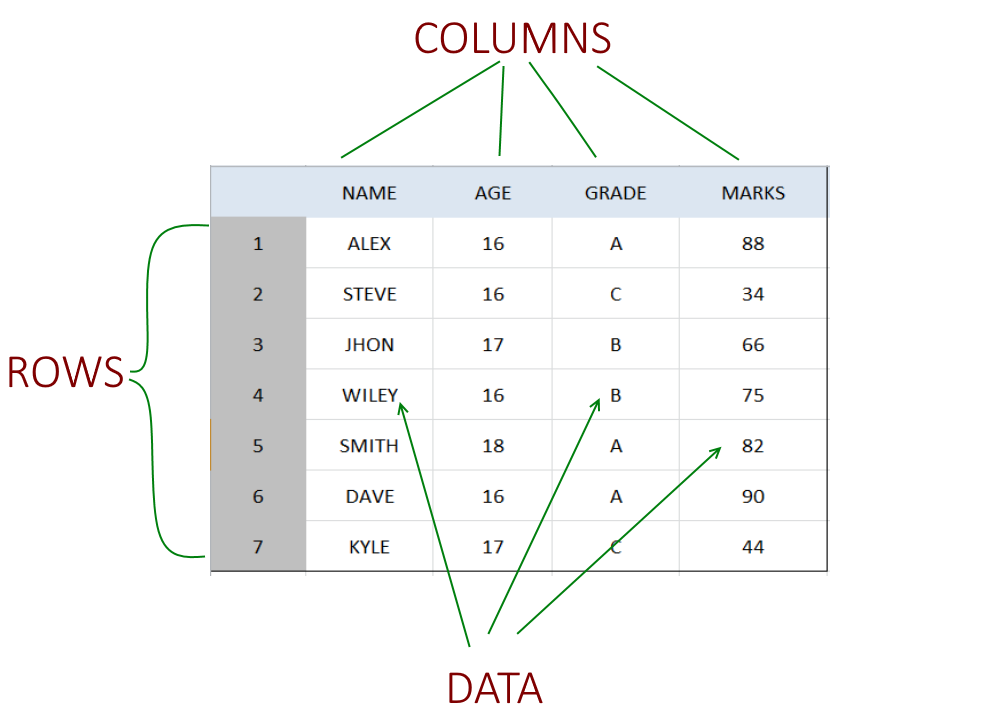A DataFrame is a tabular data structure with labeled axes (rows and columns). It is an essential tool for data manipulation, analysis, and visualization. It allows you to easily store, organize, and process large amounts of data so that it can be used to answer important questions or solve complex problems.
Structure of DataFrame
DataFrames are made up of three components: the header row, the body rows, and the index. The header row contains descriptive labels for each column of data in the body rows. The body rows contain the actual data items. The index is a unique identifier for each row in the DataFrame. This allows you to quickly look up specific records from within your DataFrame when needed.
Features
DataFrames offer a wide range of features and operations that make them more powerful than other standard tabular structures like tables or matrices. For example, they can be sliced along any axis to give “views” into subsets of your data, or joined with other DataFrames to merge multiple datasets into one workable view. They also support complex functions such as aggregation or sorting across multiple fields at once. And they can even be exported out into popular formats like JSON or CSV for further analysis in external programs like Excel or Tableau.
Benefits and Applications of Dataframes
DataFrames are incredibly versatile; they are often used to represent big-data scenarios where millions (or even billions) of records must be handled efficiently and quickly without sacrificing accuracy and precision.
With their powerful capabilities and rich set of features, DataFrames enable developers to quickly analyze large volumes of data with ease and efficiency—allowing them to uncover insights faster than ever before! Dataframes provide users with powerful features like arithmetic operations, slicing, indexing, and more.
The columns are made up of various data types such as strings, integers, floats, categorical variables, booleans, and many others. This allows the user to combine different types of data together into one dataset.
Convenient Methods for Dataframes
Dataframes also offer convenient methods for reshaping your dataset by adding or removing rows and columns, changing column names and orderings. Additionally, they enable powerful statistical operations between multiple datasets with different structures. They are also capable of performing pivot tables which are useful when summarizing large amounts of information.
By utilizing Dataframes users can access their data quickly and effectively by sorting it by various criteria such as date or time series data. They can also perform complex queries on the dataset without having to write long lines of code or utilize any other external sources.
In addition to all this they are easy to read and interpret due to their tabular structure that makes them easily understandable even by those who have never worked with Dataframes before.
Conclusion
Finally Dataframes allow users to store large amounts of structured data without having to worry about memory constraints or running out storage space. All these features make them a popular choice for storing datasets in a wide variety of applications ranging from machine learning models to business intelligence tools.

